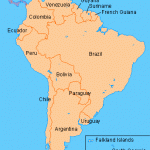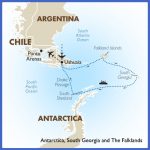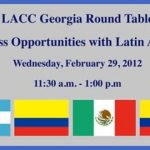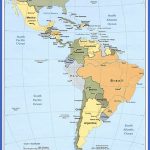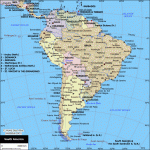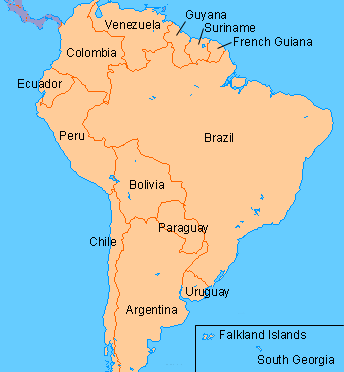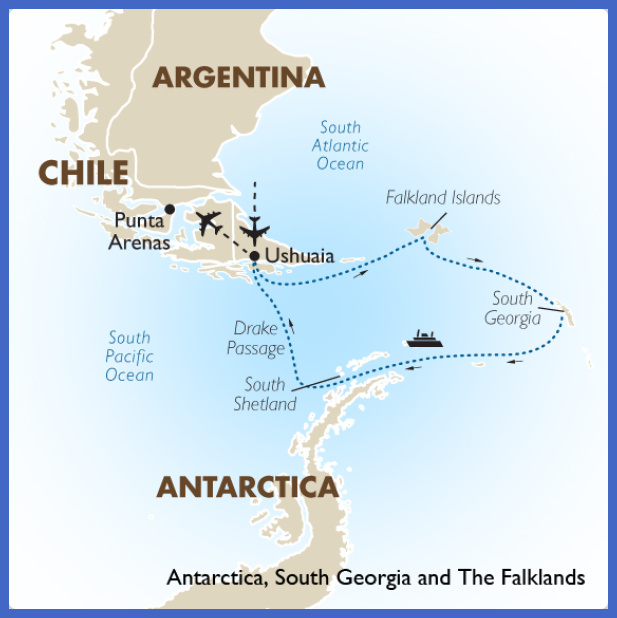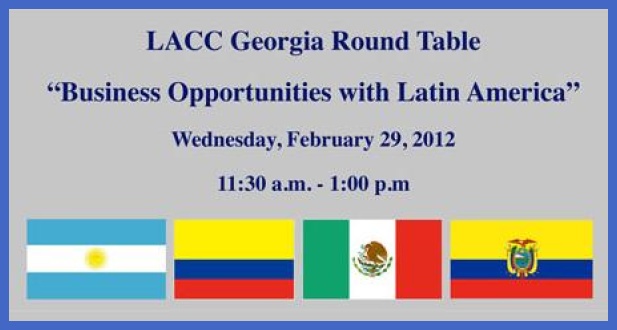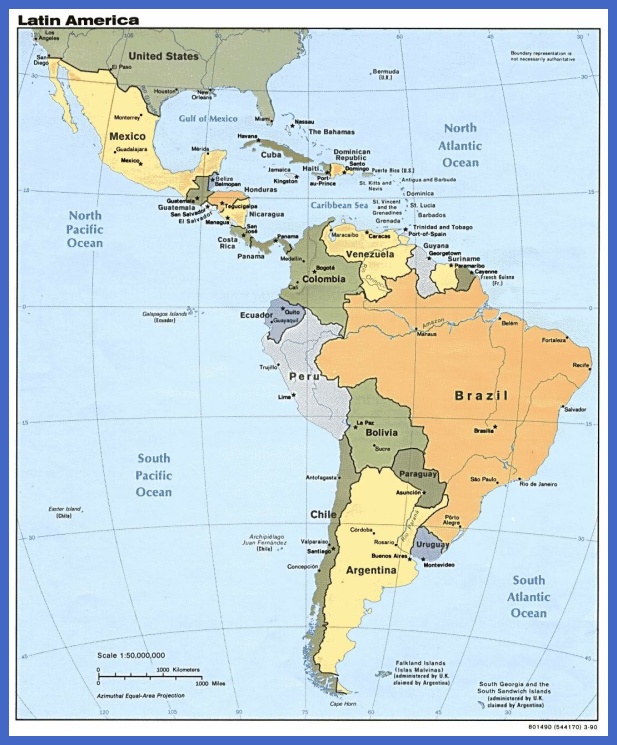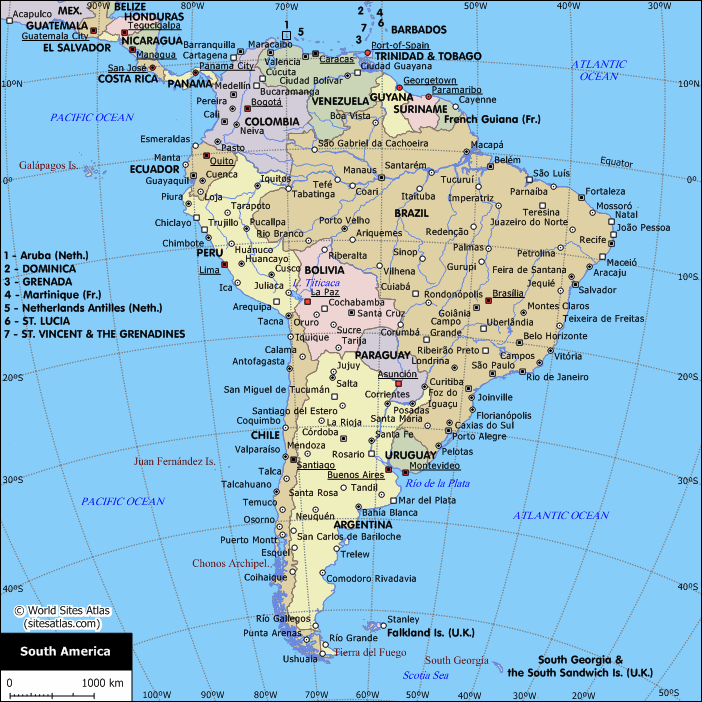With the ousting of the Spanish in the eighteenth century, the history of Latinos living in Georgia remains largely unrecorded from 1742 until modern times. The history of relations between Georgia and Latin America is better documented. Certainly, the presence of the plantation system and the heavy reliance on slave labor created strong trading ties between Georgia port cities and many Caribbean islands, including Cuba and Hispaniola. It is estimated that between 1755 and 1767 more than 60 percent of the slaves brought into Savannah harbor were from the Caribbean.
There is also a strong Georgian thread throughout the history of the Spanish-American War. When the United States declared war on Spain on April 20, 1898, many Americans saw the war as an opportunity to claim the territories of Cuba, Puerto Rico, and the Philippines from the Spanish. Many Georgians, however, were opposed to annexation. Most outspoken among them was the U.S. Senator from Georgia, Augustus Octavius Bacon. Bacon called the U.S. occupation of Cuba unnecessary, extravagant, wasteful, and illegal, and he introduced legislation to block its annexation. When Cubans were allowed to decide for themselves whether or not to be annexed, the annexation effort was resoundingly defeated.
Half a century later, when Fidel Castro took control of Cuba in 1959, many Cubans fled to Atlanta. Like Miami, Atlanta was a prime relocation site because there were many strong historical and social ties between Georgia’s capital and Havana. Since the turn of the twentieth century, the Atlanta business elite had frequented Cuba as a vacation destination, and many of the Cuban upper class educated their children in Atlanta schools, particularly the Georgia Military Academy, Georgia Tech, and Emory University. In fact, one of the first institutions in Georgia organized around Latino culture was the Latin Americans Club established by Cuban Georgia Tech students in 1948. It was the forerunner of a variety of Latino cultural organizations that would eventually spring up in Atlanta, such as the Latin American Association and the Mexican Center of Atlanta.
Cubans have regularly migrated between Atlanta and Havana since 1920. When former students were displaced as a result of the Cuban Revolution, Atlanta, like Miami, became a logical refuge. Migration from Cuba to Atlanta accelerated in the sixties, with as many as 2,500 Cubans (mostly upper-class whites) eventually settling in the Atlanta area by 1980. For many Atlanta was a secondary destination, after living for some time in Miami.
Among the new settlers fleeing first to Miami and then to Atlanta was Robert Goizueta. Born in Havana, Goizueta was educated at elite institutions in the United States, including Yale University. After returning to Cuba, he answered a newspaper advertisement for a chemical engineer at the Coca-Cola Company. Goizueta moved up the ranks in the company, first in Havana, then in Miami and the Caribbean, and eventually in Atlanta, where he was elected chairman and chief executive officer in 1981. He is largely credited for the marked success of the company in the eighties, its positioning as the worldwide soft drink giant, and for his philanthropic contributions to education. In 1994 Emory University renamed its business school in his honor.
Other former Cuban residents now living in Georgia have also prospered, and many have used their wealth to support anti-Castro movements and activities. Elena Diaz-Verson Amos, a former Cuban resident who moved to Columbus, Georgia in 1955, is prominent among them. Married to AFLAC insurance mogul John Amos, she used her considerable financial resources to advocate for human-
itarian causes in Cuba. She also financed the smuggling of Cuban dissidents out of the country, including Alina Fernandez Revuelta, the illegitimate daughter and outspoken critic of Castro. Fernandez and her daughters lived with Amos in Georgia for several years before moving to Miami.
In the early 1980s, Amos lobbied the Department of Defense to move the School of the Americas (SOA) from Panama to Fort Benning (near Columbus). The SOA is a U.S. Army-operated training center for Latin American military and law enforcement personnel. Training is conducted in Spanish. In 1984 the SOA was moved to Fort Benning, and Amos is credited with being instrumental in this move.
Amos’s involvement with SOA has lent an air of notoriety to her biography. Almost from its inception, the SOA has been controversial. Many detractors argue that the school is a training ground for state terrorism and that students are trained in torture and other human rights abuses. Certainly, long lists of Latin American dictators, including Manuel Noriega, were trained at the SOA. In response to these charges, Congress voted to withdraw its authority for the SOA in 2000. In 2001, the school reopened as the Western Hemisphere Institute for Security Cooperation (WHINSEC), and WHINSEC now requires students to take courses in human rights along with their other curriculum. Despite these changes, the governments of Argentina, Venezuela, and Uruguay have recently established official policies to cut ties with WHINSEC.
Georgia and Latin America Photo Gallery
Maybe You Like Them Too
- Explore Doncaster, United Kingdom with this detailed map
- Explore Arroyito, Argentina with this Detailed Map
- Explore Belin, Romania with this detailed map
- Explore Almudévar, Spain with this detailed map
- Explore Aguarón, Spain with this detailed map

